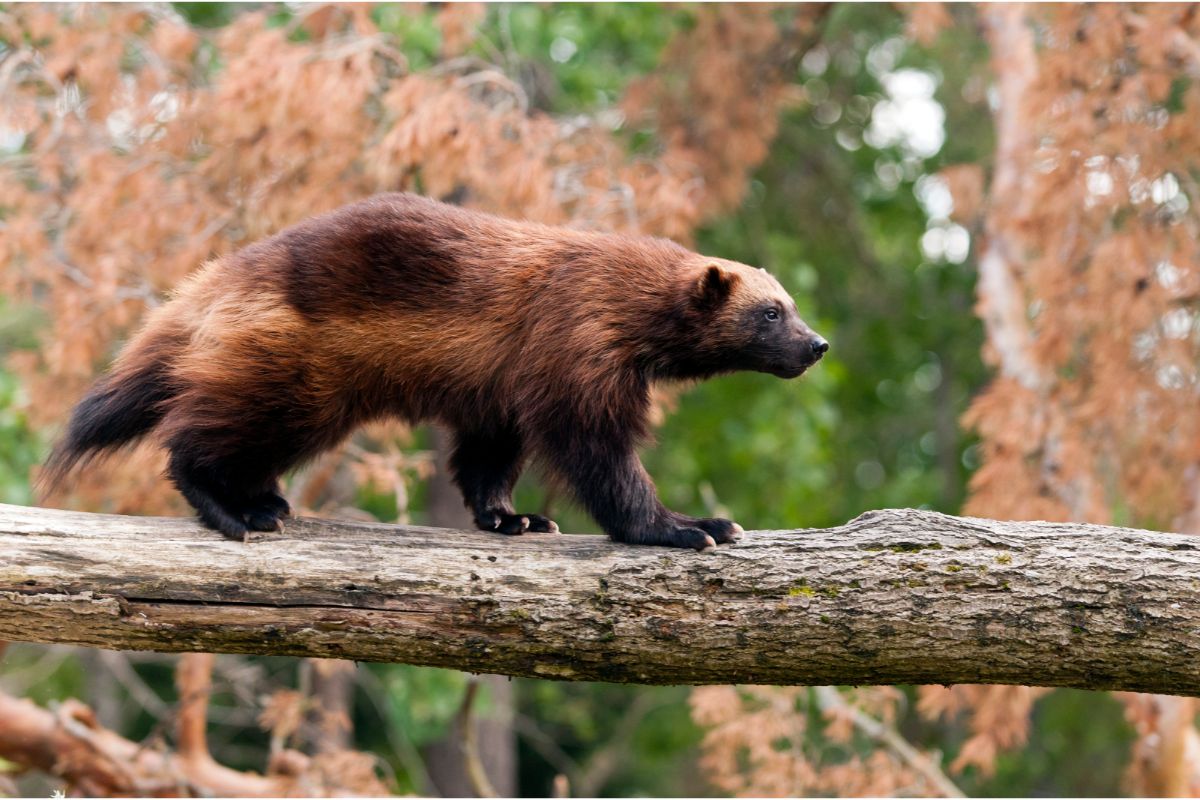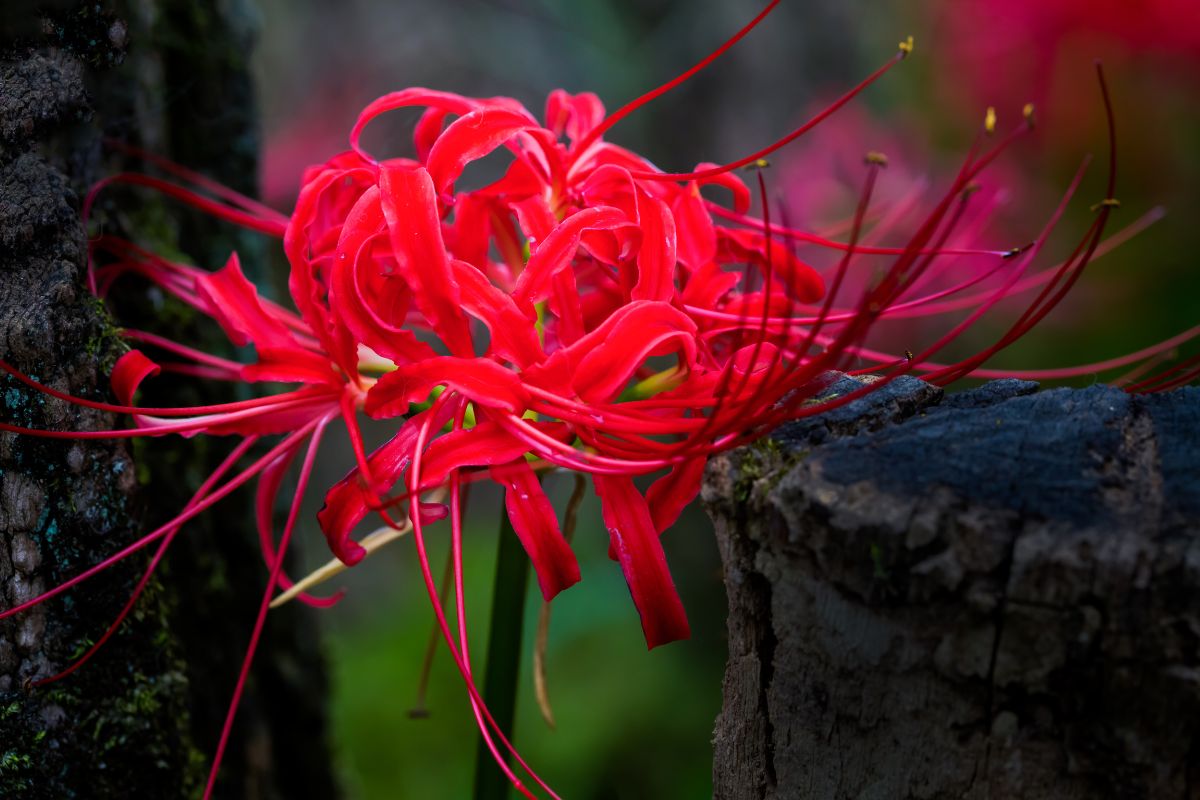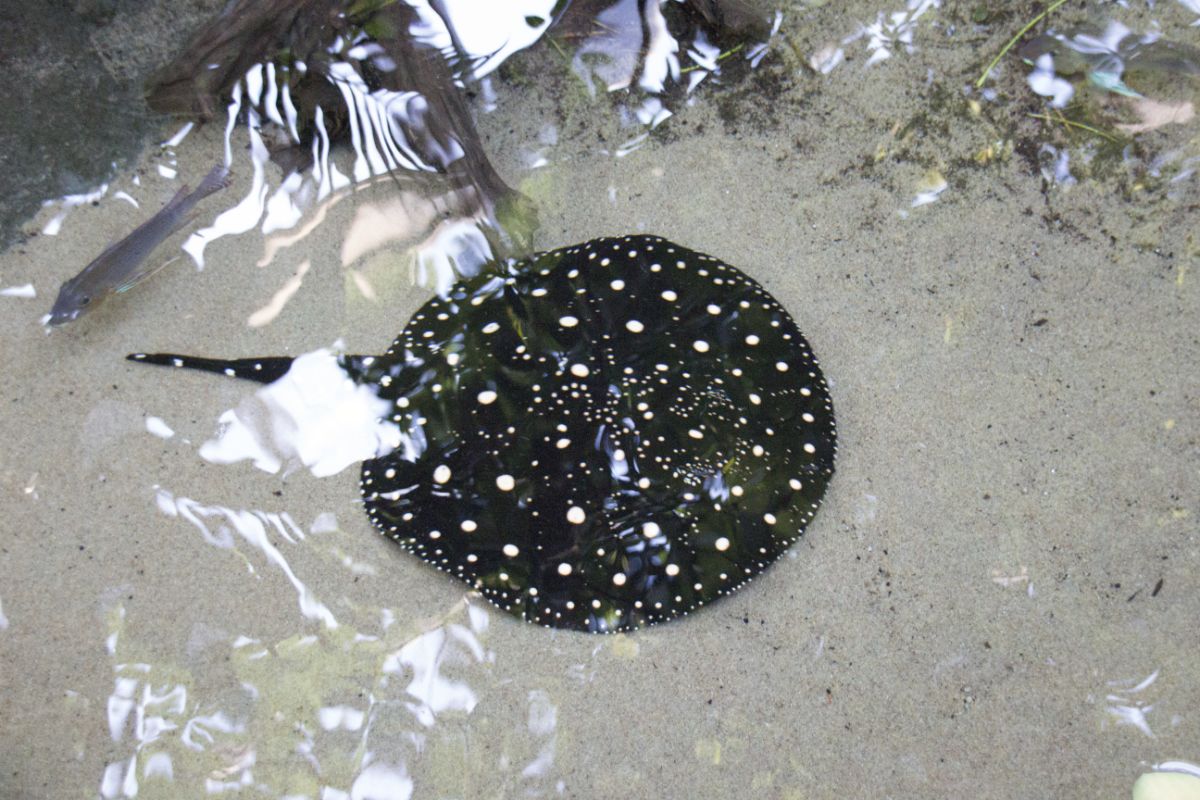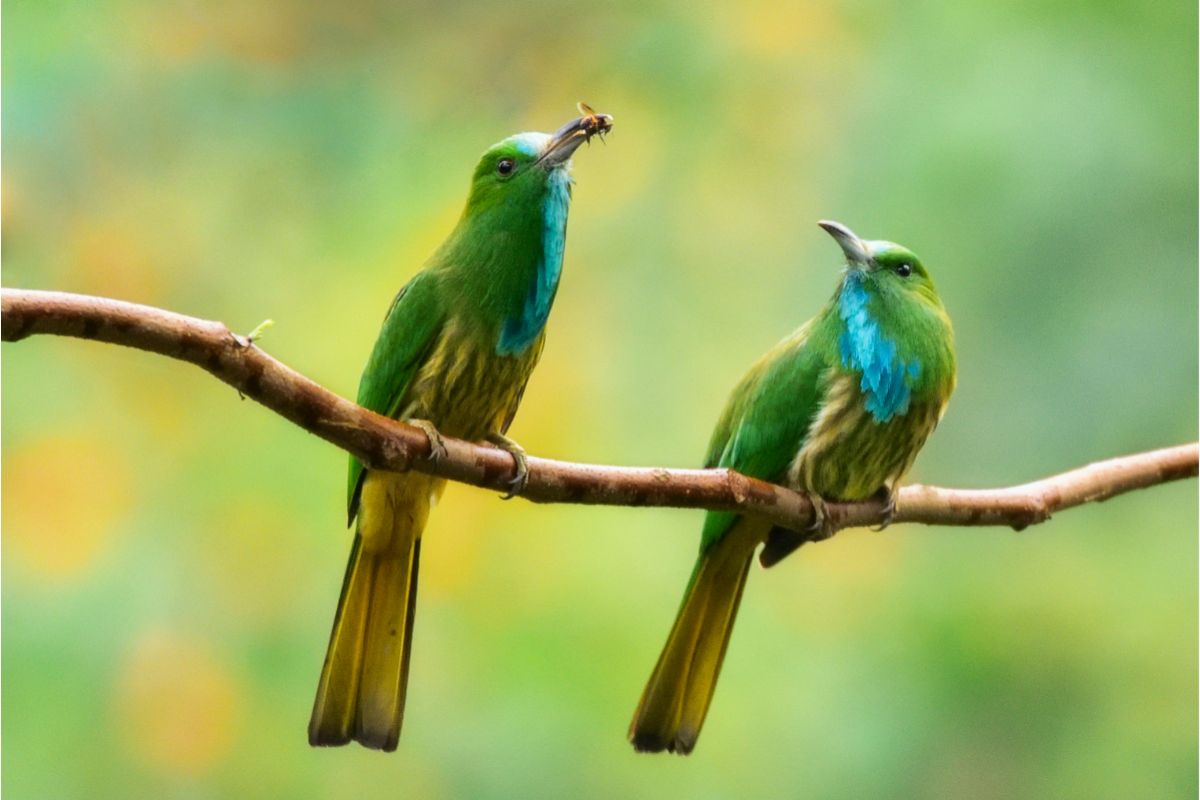Though wolverines are not considered endangered, we still need to look out for them. They are listed as having ‘least concern’ for extinction by the International Union for Conservation of Nature’s Red List.
Their numbers are decreasing which is still down to the impact of man as climate change limits their habitat of snow-covered ground.

The creatures are hunted by some formidable predators and those decreasing numbers are especially noted in Europe so we should care for them.
In this guide, we will look at what a wolverine is, their mating habits, and why we need to care for them.
What Is A Wolverine?
You may be imagining a wolf-life creature, or maybe even a creature with an adamantium skeleton, but a wolverine is part of the weasel family.
The biggest member in fact and one that lives on land. You could mistake a wolverine for a skunk, a dog, or even a bear as there are some shared characteristics. The long hair, the elongated snouts, and the short, stumpy legs are just a few.
With a dark mask that covers their eyes and forehead, they do appear a little devious and have been classed as nasty by some observers.
You should also see a stripe of blond fur which runs from their tail to their shoulders. Arguably, wolverines also have their own snowshoes as their paws spread to double their size as they press against the snow-covered ground.
This is truly helpful as wolverines inhabit cold areas and use the snow for their dens.
A wolverine can be classed as a solitary creature, one that requires huge areas of territory to roam. Only at night though, the hunters are nocturnal so sleep during the day to conserve their energy for a hunt at the night.
They tend to be classed as both carnivores and scavengers as they go after caribou, moose, mountain goats, and smaller prey including ground squirrels and rodents. If they already have plenty of food, they are known to cache it away.
The Mating Habits Of Wolverines
Wolverines are considered to be polygynous as they do not form bonds in a pair and they tend to mate between the months of May and August.
The female wolverine (angeline) will build the dens which typically means a cave dug into the snow where the young are kept. These caves can be around 15 feet deep in some cases and they can be very difficult to find for other predators.
The gestation period is around two months with two, maybe three kits being the typical size of a litter. It is down to the female wolverine to manage how the kits are raised though occasionally the male will visit and actively care for the offspring too.
At three months, you can expect weaning to occur with the young kits going out to forage for themselves at between five and seven months. The wolverines will grow up and become actively mature after two years.
Why We Need To Care For Our Wolverines?
Wolverines tend to inhabit colder terrain such as Alpine forests, the Arctic, and subarctic as well as tundra and the boreal forests of Asia, North America, and Europe.
With climate change reducing those areas, wolverines need to be looked after. Less snow from warmer weather means less of a surface area that wolverines are dependent on.
Wolverines are also hunted for their fur which is highly prized as it is considered frost-resistant.
If we are going to do something to care about wolverines, it would be to take climate change more seriously. By securing their habitats, that would be caring for one of the key elements they need to survive.
Continued climate change could force a wolverine to adapt and giving up its natural habitat could be hugely problematic.

Limiting human development in areas where wolverines are known to treat as their habitat is crucial if they are to flourish.
Aside from a reduction in the snow that wolverines rely on for their reproduction, food, and food storage, they are also hunted down themselves.
Few creatures can consider themselves to be natural predators of wolverines but these do include golden eagles, black bears, brown bears, mountain lions, and wolves.
Thankfully, wolverines do have a strong-smelling secretion just like a skunk which means they can warn off others and control their territory.
That includes spraying the places where their food has been hidden to ward away raids. They may seem active as they can quickly climb trees and are considered excellent swimmers.
However, during periods of elongated darkness or light, you can expect wolverines to only be active for three to four hours before sleeping for the same period.
Final Thoughts
While climate change threatens the entire planet, it spells more immediate trouble for wolverines. The creatures rely on snow-covered forests and tundra for their natural habitat and if the snow recedes then they will be forced to adapt.
From limiting the effects of climate change, we can care for this creature that plays a vital role in the ecosystem. After a successful hunt, the creature becomes a carrion provider for several smaller creatures.
Frequently Asked Questions
What Role Can A Wolverine Play In The Ecosystem?
You may not realize it to look at them but wolverines do play a role in the wider ecosystem. This is mainly around suppressing the numbers of smaller predators, known as mesopredators.
They also help out scavengers through their own hunting as they effectively subsidize the rest through the provision of carrion.
Other predators, such as bears and wolves, also perform a similar role to wolverines. When they are not hunting down their own prey, wolverines will consider themselves as scavengers.
If they cannot hunt large enough prey themselves due to the snow then they tend to rely on feasting on whatever the larger predators have hunted.
How Strong Can A Wolverine Bite Be?
If you are set upon by a wolverine, you should hope that it does not get to show off its impressive jaw.
The creatures have a special type of upper molar which is purposefully rotated a full 90 degrees that allows it to tear flesh quickly and efficiently.
In terms of bite strength, a bite force of 50 PSI has been recorded. While they can get through flesh pretty easily, wolverines can also eat bones with their exceptionally strong jaw and set of teeth.
- Why are skunks called polecats? - November 16, 2022
- Do Armadillos lay eggs? - November 16, 2022
- Can animals have down syndrome? - October 5, 2022








